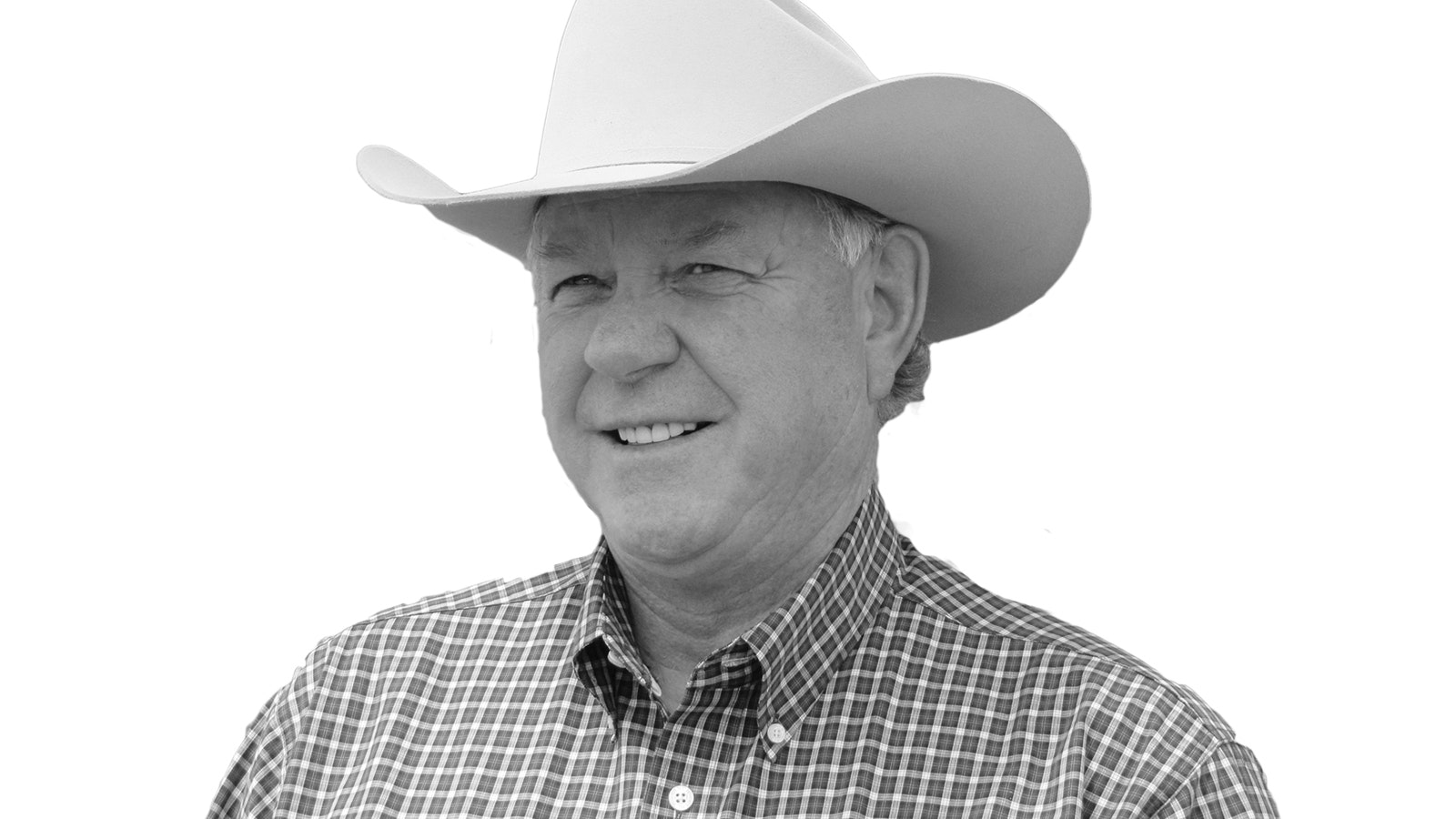The dairy industry is taking advantage of higher cattle and meat prices and bringing in new genetics to provide more value-added beef products. Their timing is perfect.
America’s beef herd numbers are at their lowest in around 60 years, and while this is good for cattle producers, it does affect consumers.
The dairy industry has always been a leader in genetics. In the past, they would take bull calves and feed them out as steers. As a dairy breed, these steers would take longer to feed out before they were ready to slaughter and the meat cuts would not grade as high as a beef breed.
With modern technology, dairy farmers have started using Angus and other beef genetics on their dairy cows to get a better beef product. A recent report from CoBank, a large banking corporation a the agribusiness industry, details the advantages of this practice.
Brian Earnest, lead animal protein economists for CoBank, says, “We expect the adoption of beef genetics in dairy breeding programs will accelerate as producers capitalize on the opportunity for improved margins, particularly given the reduction in beef calf availability.”
“And, while the impact on the overall beef supply will be relatively small, an increase in beef and dairy crossbred calves entering the beef supply will also be relatively small,” he continues. “An increase in beef and dairy crossbred calves entering the beef supply chain is something cattle feeders and packers will want to keep an eye on.”
According to the CoBank’s report, an average young beef and dairy crossbred calf entering the supply chain will sell for $100 to $300 per head more than their dairy-bred counterparts.
Beef seedstock producers and animal genetics companies that provide beef semen for artificial insemination of dairy cows can expect continued sales growth. Data also suggests rising beef semen sales are largely attributed to increased purchases by dairy operators.
“The benefits from beef-on-dairy crossbreeding becomes more complex as calves enter the feedlot. Cattle feeders currently set up to handle 100 percent dairy cattle may see increased feed efficiencies for crossbred calves and would likely be more willing to pay the premium price for beef on dairy genetics,” the report says.
“Also, the investment in those feedlot programs using genetics and feed and health protocols can ultimately pay off. Data from the U.S. Department of Agriculture’s Cattle Contracts library shows beef on dairy cattle are worth increasingly more at harvest compared to straight-bred dairy cattle,” the report continues.
“In addition to facing fewer discounts than straight-bred dairy cattle, crossbred cattle can garner an average of $5.44 per hundredweight if they meet the 10 requirements for Certified Angus Beef, a leader in beef marketing,” it adds.
“Like feedlots, packers already processing dairy cattle or lower-quality 100 percent beef cattle will see a benefit in processing beef and dairy crossbreds, which generally have a better dressing percentage. However, for packers that process high-quality 100 percent beef cattle, the benefits are less clear. Standard grading mechanisms may not be sufficiently sophisticated to properly value beef on dairy cattle,” the report concludes.
For beef and dairy producers, this report is good information. For the consumer, they understand where the hamburger for dinner may have came from.
Dennis Sun is the publisher of the Wyoming Livestock Roundup, a weekly agriculture newspaper available in print and online. To subscribe, visit wylr.net





